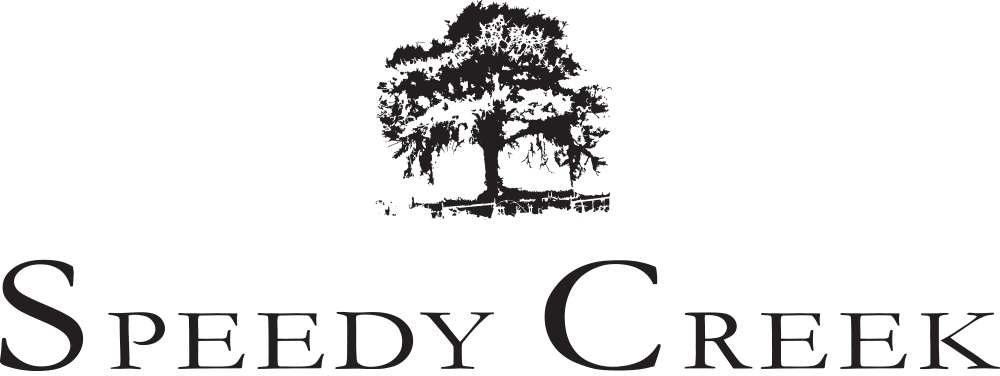Every year I approach the growing season and wonder what kind of hand Mother Nature will deal me this year? After fifteen years growing grapes, I have a firm understanding of how to grow high quality grapes, but my effort requires adjustments each year due to changes in the weather, rainfall, and the timing of key viticultural practices. It reminds me of being a parent and the kinds of adjustment required to stay on top of teenagers, if you know what I mean.
As the season heads towards harvest, all my decisions become memorialized in thegrapes, and the resulting wines represent a snap shot of my life on a year-to-year basis. In the winery, I can influence a wine to some extent, but I do believe in the old saying that a great wine is made or at least starts in the vineyard.
The wine industry has come to accept expert ratings and scores as a way to represent wine quality. Some people like the idea because it is convenient, and others hate the concept because it undervalues stylistic wines that were never meant to compete with the likes of big Cabernets, Super Tuscans, or Les Grand Crus de Bordeaux. Do you really need to consult Robert Parker to pick a wine for a picnic? I make this point because I am always asked about the quality of my grapes and wine.
My response is that wine making is the sum of the efforts from the vineyard through winery. Along the way you will make some mistakes and this takes away from the possibility of making a perfect wine. In my view, any wine can be made perfectly but rarely does this occur. Instead there are imperfections caused from a variety of inputs to the process. They can incur in the vineyard or in the winery, and they result from human as well as seasonal causes. For example, if I see a significant weather pattern developing, I can make changes to my watering pattern to adjust to a heat wave or an extended period of cool weather. After about 90 days in the barrel, a wine is nearly finished and the winemaker can only make subtle changes to the wine. I am not big on fining and filtering red wine, but there are certain practices required for good wine hygiene and I do not want to expose my wine to a variety of spoilage conditions. My biggest challenge during barrel aging is to avoid adding too much oak. My Sangiovese and Zinfandel are meant to be fruit forward wines, and they only require a small amount of oak. My Cabernet represent the big-red style of winemaking and is made to be aged, so it will benefit from more new wood, yet even without oak, it contains a lot of earth tone flavors like mushroom and it has a certain mineral component and the fruit finishes on the back end of this wine. I notice this as a vineyard characteristic that typifiesmy wine from year to year.
I don't want to go into all the nuisances of wine and wine making at this time, however the concept of pricing a wine for sale relates to my opinion of how closely I came to my goals for the wines I make each year. With my flagship Sangiovese, I want to produce a medium bodied wine that you can drink on an every day basis with most foods. The Zinfandel is a little more specialized as a unique drink or what I like to call a social wine. Better for serving at a cocktail party, or with BBQ, or with dessert after a meal. My Cabernet Sauvignon can be a big wine and when I really get it right, it is worth the extra money because it takes a lot more effort to age the wine. The wine I make represents part of my life like a snap shot in time, and in the end it is not about the discount or the deal it is a matter of style, so I hope you enjoyed wine from this perspective regardless of who's wine or what kind or wine you drink.

